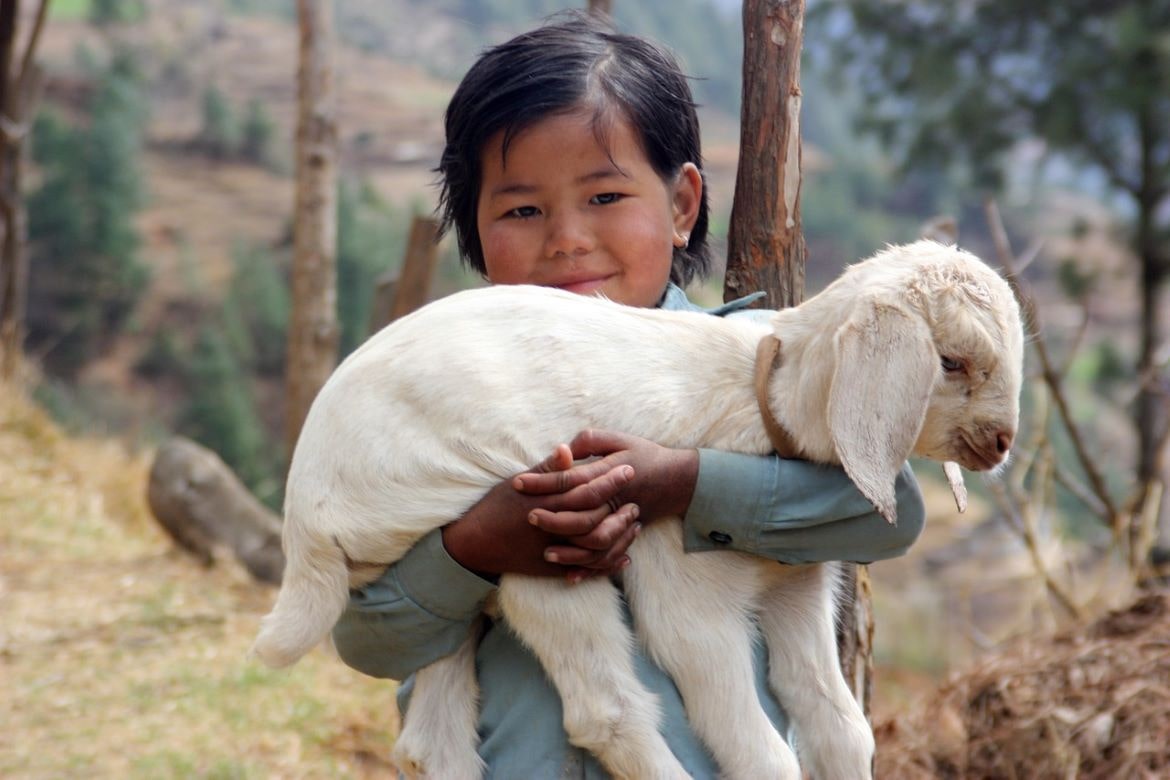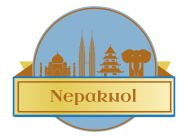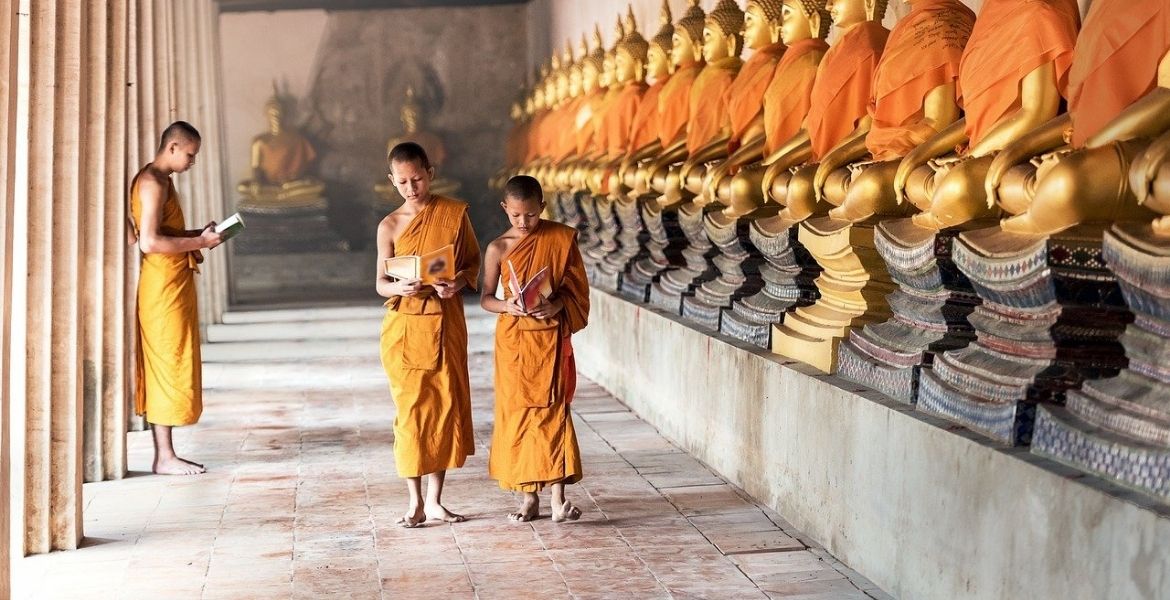Nepal is a very fascinating country that evokes very high mountains, villages and temples. But where exactly is Nepal located? In this article all the information on its geographical location, but also on its capital, the climate, the currency used, the religion and the language spoken.
Where is Nepal Located?
Nepal is not a very large state in South Asia and has an area of 147,180 square km. Coordinates: 28 ° N 84 ° E / 28 ° N 84 ° E28.
It borders to the north with China, more specifically Tibet, and with it it shares the highest peak in the world: Everest. To the south, east and west, on the other hand, the flat area of the Terai border with India. Nepal, as can be seen from the map, is a state that extends more in width (from east to west) than in height.
Geography
Just look at the physical map of Nepal to understand its geographic conformation. The southernmost strip is the flat region of the Terai called the Gangetic Plain. Many wild animals such as tigers and elephants live here and the climate is mostly tropical.
In the northernmost part of the country, there is the Himalayan mountain range. Nepal is home to some of the highest mountains on the entire planet. Dhaulagiri, Annapurna and Manaslu are entirely in Nepalese territory. Everest, Lhotse, Makalu and Cho Oyu are shared with China. While the Kangchenjunga is divided with India. All of these mountains exceed 8000 meters, but there are also others that reach over 7000 meters.
For such a small state, Nepal truly has a great variety of natural environments.
How is The Climate?
All this geographical variety is also reflected in the presence of very different climates depending on the region.
The southern area is characterized by a tropical climate with very hot summers (June-August) and mild winters. The northernmost regions, on the other hand, enjoy an Arctic climate with frequent snowfalls and very low temperatures in winter.
In general, the country has two main seasons : that of the monsoon rains which runs from May to the end of September, and the dry one during the remaining months. The hottest month is May, the coldest ones December – January.

Which is the Capital of Nepal?
The capital of Nepal is the charming city of Kathmandu.
Located at 1350 meters above sea level, Kathmandu has a population of approximately 1,500,000 inhabitants. Its position allows it to enjoy an ideal climate all year round.
When we talk about Kathmandu, we often refer to the Kathmandu Valley. A set of villages and towns, many of which are Unesco heritage, built in the Bagmati river basin between Patan and Bhaktapur. Pokhara is the other big city of Nepal, which attracts many tourists interested especially in trekking on the peaks of the Himalayas.
What Currency is Used in Nepal?
The currency used in Nepal is the Nepalese rupee. Present in denominations of 5, 10, 20, 50, 100, 500 and 1000 for banknotes and 1, 2 and 5 for coins.
One euro is worth around 122 Rs (May 2019), while the US dollar / Nepalese rupee exchange rate is $ 1 = 100RS.
When traveling in the country it is essential to have local currency available as cards are only accepted in some restaurants and hotels in the two tourist cities of Kathmandu and Pokhara. ATMs of various banks
are widespread throughout the Nepalese territory, but not all of them accept foreign cards.
What Language is Spoken in Nepal?
Nepal has more than 100 ethnic groups (or castes), among which 11 comprise more than 500,000 people. Such a great variety is reflected in different dialects and idioms depending on belonging to a particular ethnic group. In general, however, the official and widespread language throughout the country is Nepali.
Which Religion is Widespread in Nepal?
The most widespread religion in Nepal is Hinduism, practiced by more than 80% of the population. Following Buddhism with 10% and then all other religions such as Islam, Christianity, Jainism.
However, it should be emphasized that very often the first two religions coexist with each other and it is very difficult to distinguish between Hindu rites and Buddhist rites.
In some rural areas, forms of shamanism and animism are also practiced.
Since 2006, Nepal has been officially declared a secular state.

